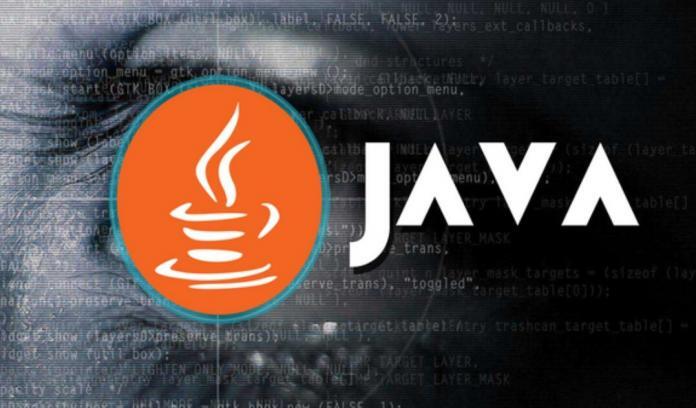Almost everyone is online. People use it to search the web, scroll through social media, manage their business, and more. The increasing number of people online provides hackers more opportunities to find their next victim.
As much as we like spending our time on the internet and sharing, it is an unsafe place, to begin with. There are plenty of cybercriminals lurking around, waiting for an opportunity.
With billions of people using the internet at this very moment, hackers have the chance to find their next victim. Since most of us don’t take cybersecurity seriously, we fall vulnerable to attacks.
There are plenty of ways hackers can manipulate a person and steal information from them. However, the most significant is ransomware attacks. According to Datto, it is the most prominent malware threat. The number of threats rises this 2021, with an insurance company being the largest ransomware payout ($40 million).
Whether you are a business owner or an individual user, ransomware doesn’t choose its victim. Anyone at any moment can experience this threat.
What is Ransomware?
Ransomware is malicious software that encrypts files or the whole computer and network. Victims are left with no power to open or manage their files. The only way provided is to pay the ransom the cybercriminal asks for. If not, they can’t access their files unless they are lucky enough to back up their data. Or else, you start from scratch.
Most cybersecurity experts warn businesses not to pay the ransom as much as possible. Often, the criminal won’t give the victim the files back even if the ransom is paid in full.
If you are running a business, it can be time-consuming and can deplete resources. Ransomware payments are not cheap. They caused a lot, even enough to bankrupt a company.
Types of Ransomware
There are different types of ransomware you can encounter, but historically, there were two types of ransomware attacks. Now there are two new types added.
Locker Ransomware
This ransomware blocks the user from accessing every content of their device. They cannot open an application or file. When businesses get locker ransomware, it’s often done using a social engineering technique. The threat actor manipulates an employee and steals their login credentials. Once they have control of the system, they block everyone from accessing the content. Then, they demand a ransom.
Crypto Ransomware
It is the most destructive and common type of ransomware attack. Crypto attacks encrypt files on a computer and demand the victim to pay to access their files.
The most popular crypto-ransomware attack was WannaCry in 2017. It infected thousands of corporate systems.
Some forms of crypto-ransomware can also spread and infect cloud drives.
Unlike locker ransomware, crypto often is derived from downloading a malicious file, receiving phishing emails, and opening infected websites.
Double Extortion Ransomware
In double extortion, the hacker not only encrypts the victim from its files but uses it to blackmail them. So, even if files are retrieved or the victim has a backup, the hacker can still manipulate them into paying the ransom.
RaaS
It’s like the SaaS model, but it involves ransomware attacks. So, if anyone wants to hack into a system and collect payments, they can rent a RaaS on the dark web. It even involves a membership fee. When the ransom is collected, a portion of it goes to the RaaS owner.
Although there are different types of ransomware attacks, the main function is to block users’ access to their valuable files and ask for payment in return. But paying the attacker is not an option since it can cost a lot, and there is no guarantee that files will be returned.
So, how does one get infected by ransomware, and how can we protect ourselves from them?







